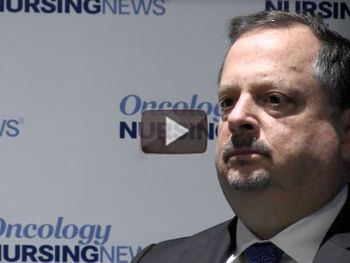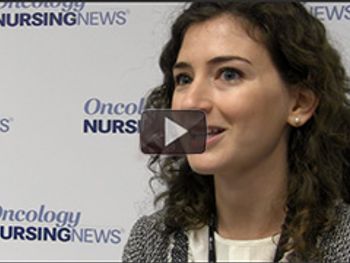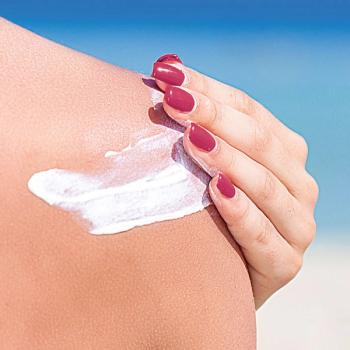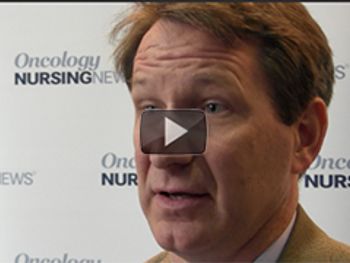
Incidence and mortality of melanoma in the US has risen steadily.

Incidence and mortality of melanoma in the US has risen steadily.

Nonburning sun exposure is associated with a reduced risk of melanoma, while sunburns are associated with a doubling of the risk of melanoma

Omid Hamid, MD, compares the responses of patients with melanoma on single-agent immunotherapy treatment to those on combination therapy treatments.


Yvonne Saenger, MD, from Columbia University, gives a rundown of the immunotherapy options for treating melanoma.

Immunotherapy is changing the cancer treatment game as therapies continue to be approved for more and more tumor types. This creates more responsibilities for oncology nurses.

Morganna Freeman, DO, FCAP, from The Angeles Clinic and Research Institute gives advice on how to help a patient who is dealing with the stigma associated with melanoma, or other cancers.




Jeffrey Weber, MD, PhD, deputy director of the Perlmutter Cancer Center, NYU Langone Medical Center, discusses the role of the oncology nurse when treating patients who have cancer with checkpoint inhibitors.

Richard Essner, MD, co-director Melanoma Program, Cedars-Sinai Medical Center, discusses the nurse’s role in managing wounds after a patient undergoes surgery for melanoma.

Dmitriy Zamarin, MD, PhD, assistant attending physician at Memorial Sloan Kettering Cancer Center, discusses side effects that nurses should look our for when treating patients with the T-VEC virus.

Melanoma has long been associated with fair skin and a history of sunburns, however, one study shows that overall survival of melanoma in non-white patients is significantly lower than that of white patients.

A new study has found that overall survival is significantly worse for people of color who are diagnosed with melanoma, even though whites are diagnosed with this deadliest form of skin cancer at a higher rate.


More than 1 million people in the United States have been diagnosed with a melanoma and are at risk for developing a second primary melanoma.

Claire Friedman, MD, Memorial Sloan Kettering Cancer Center, discusses the promise of immunotherapy for elderly patients with melanoma.


The 3-year survival rate of patients with advanced melanoma treated with pembrolizumab (Keytruda) has reached 40%, with many responders in remission even after stopping treatment.

Developing a skin rash as a result of EGFR-inhibitor targeted therapy often signals that the drug is working, but for patients who experience these serious dermatologic adverse events, it may become so intolerable that they will scale back or even discontinue anticancer medications that could prolong their survival.

Norman E. Sharpless, MD, Professor of Medicine & Genetics Chair, The Lineberger Comprehensive Cancer Center, discusses a recent study that evaluated sunscreen’s effectiveness in reducing melanoma risk.

Robert Andtbacka, MD, associate professor, Division of Surgical Oncology Department of Surgery, University of Utah School of Medicine, discusses past, present, and future trials for T-VEC.

Rajni Kannan, BS, MS, RN, ANP-BC, from Laura and Isaac Perlmutter Cancer Center at NYU Langone Medical Center, discusses the adverse events (AEs) commonly seen with combinations of therapies to treat melanoma.

Rajni Kannan, BS, MS, RN, ANP-BC, discusses some risk factors for melanoma that may not be widely known.